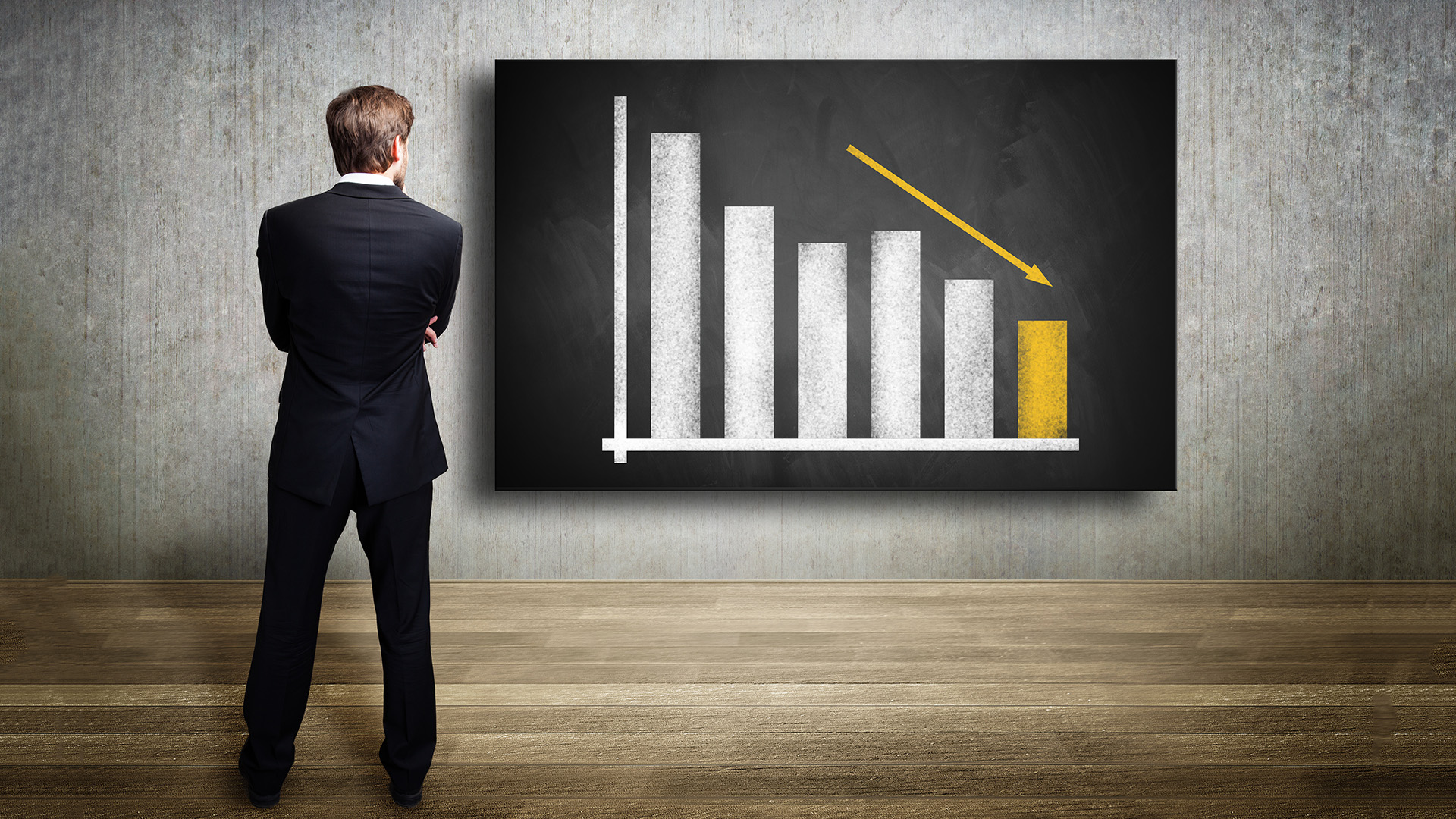Markets last week went up, down, sideways and down, or was that up, down up, down. It was certainly a very confusing week.
But these are very confusing times as the certainty about the world recovery is replaced by uncertainty in China and Europe outweighing the continuing evidence that the US economy is still growing.
So investors who had taken comfort in the signs of strength in the US, are now facing influences from Asia and Europe that they had either ignored, or not thought would impact.
We shouldn’t also underestimate the continuing impact on confidence from Wall Street’s May 6 mini crash.
It is still unexplained and it is continuing to puzzle regulators.
Investors are fearful that a similar situation could emerge during another bout of uncertainty.
At the same time, the shape of the new legislation to control the US various financial markets, banks, brokers and other players is emerging in Washington and the banks are going to be big losers across the board.
At the same time hedge funds and private equity look like facing even tougher rules in Europe.
Both factors are increasing risk fears about holding bank shares or debt.
It’s for those reasons, as much as anything else, that investors have headed for the safety of US and Japanese government bonds in the past month in a big way.
US investors all but ignored good figures on retail sales (up more than expected), industrial production (up more than expected) and consumer confidence (a bit stronger than forecast).
Overall markets in most centres finished the week with gains, thanks to Monday’s global surge, it was sideways and then downhill from then on.
Friday losses made more sense therefore than the week’s overall rise.
Wall Street’s three major indexes ended Friday’s session with losses ranging from 1.5% to 2%, although the finish was better than the lows during the day when the falls were well over 2% across the board.
The Dow dropped 162.79 points, or 1.51%, to 10,620.16; the Standard & Poor’s 500 Index fell 21.76 points, or 1.88%, to 1,135.68, while Nasdaq lost 47.51 points, or 1.98%, to close at 2,346.85.
Despite Friday’s losses, the three indexes had their biggest weekly percentage advance in the last 10 weeks.
For the week, the Dow rose 2.3%, the S&P 500 added 2.2% and the Nasdaq was up 3.6%.
In Europe, the Stoxx 600 ended up 4.8% for the week, the biggest weekly gain since last July.
But it fell 3.4% on Friday and is now down 8.7% for the year so far.
Markets fell in all but one of 18 western European countries on Friday.
Over the week, Germany’s DAX added 6%, London’s FTSE 100 increased 2.7%, France’s CAC-40 Index was up 5%, Greece added 1.7% and Spain’s market finished 3% higher.
In Asia, the MSCI Asia Pacific Index finished up 1.6%.
But it is still down 7.1% this year, thanks to fears about China’s economy and the government attempts to slow the hot property sector.
The Shanghai market finished the week higher and back outside bear territory with a loss since its most recent peak last November of just under 20% by the close Friday.
Seoul and Sydney had the best week of the Asian markets, both up 2.9% and the Nikkei ended up less than 1%.
The Australian stockmarket, which closed almost 1% down on Friday, still managed to chalk up the biggest weekly increase so far this year.
The ASX/200 fell 41.7 points, or 0.9%, to close at 4611.1.
The All Ordinaries index shed 36.5 points, or 0.8%, to 4643.













